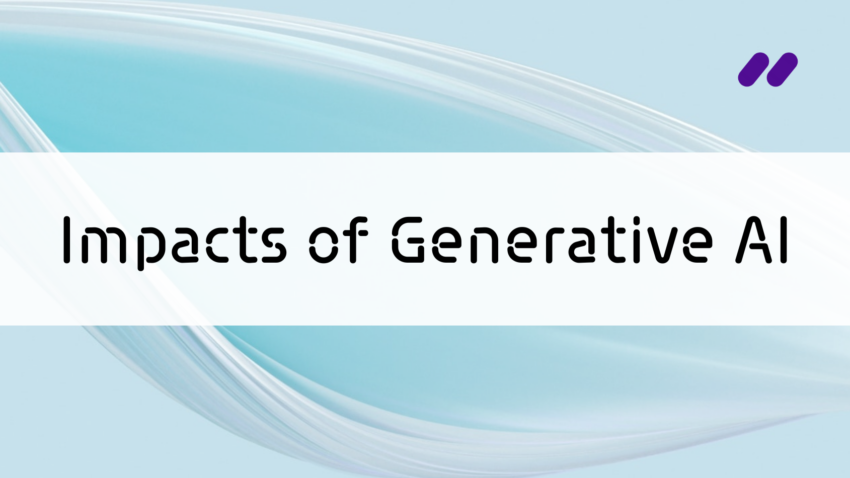Technologies like GPT have the potential to strongly impact customer experience practices and communication channels like chats, surveys, and social media. These technologies’ unique ability to understand and generate responses to feedback expressed in human language has a powerful impact on customer interactions.
This ability contributes to the efficiency of communicating with customers and analyzing feedback. In a recent Forbes Council article, Keatext’s CEO Narjes Boufaden wrote that “these technologies will likely accelerate the replacement of some communication channels toward a more unified and effective means of communication with customers.”
Yet, customer experience goes far beyond the process of understanding what the customer says. Today, customer feedback management platforms tend to focus on ways to close the loop with the customer.
In other words, they are concerned with how to take action based on a customer’s feedback, following up with the customer to address their complaints and ensure satisfaction.
In this article, we will explore the role of technologies like GPT in helping to close the loop with the customer and contribute to feedback management processes.
Closing the loop with the customer
The activities involved in closing the loop are numerous and touch many areas within an organization. On top of creating omnichannel communications, collecting feedback, and gaining insights, a company needs to route insights from feedback to the business unit that is responsible for treating each customer’s specific case.
Customer experience goes far beyond the process of understanding what the customer says. Today, customer feedback management platforms tend to focus on ways to close the loop with the customer.
Ticket and case management, customer success, incorporation of feedback into product development, and process improvement are all needed to act responsively on feedback and follow up with customers.
At every stage, closing the loop depends on processes put in place to turn insights from customer feedback analysis into action. It is challenging to automate these processes because they span across the organization and require breaking down silos between business units.
Technologies like GPT could support the efficiency of some of these processes. For example, they could help to categorize customer conversations, by understanding sentiment and identifying root causes of issues. This would support an organization’s ability to route tickets to the right business unit to then finish closing the loop.
Feedback management software
On the other hand, feedback management software enables CX analysts to collect, track, and analyze customer feedback in order to discover insights and ultimately act on this feedback.
CX analysts are concerned not only with the discovery of key insights but the equally important preparation of reports to help guide organizational decision making.
Closing the loop depends on processes put in place to turn insights from customer feedback analysis into action.
Part of the analyst’s responsibility is to package the insights gathered from the analysis into recommendations and reports that are presented to other stakeholders in the organization.
These tasks are necessary to share information within the company and help to close the loop with the customer – by defining specific actions to address customer concerns and act on their feedback.
In order to assist in closing the loop, feedback management software has functionalities built around text analytics technology to make the solution practical and capable of addressing the changing needs of business users.
Functionalities like data visualization, dashboard and report creation, predictive analytics, and the routing of insights serve the needs of analysts throughout the whole CX process.
Technologies like GPT could help improve the feedback management process in many ways, from improving the quality of customer insights to assisting with content creation for reports or generating recommendations in natural language that the analyst could use verbatim.


